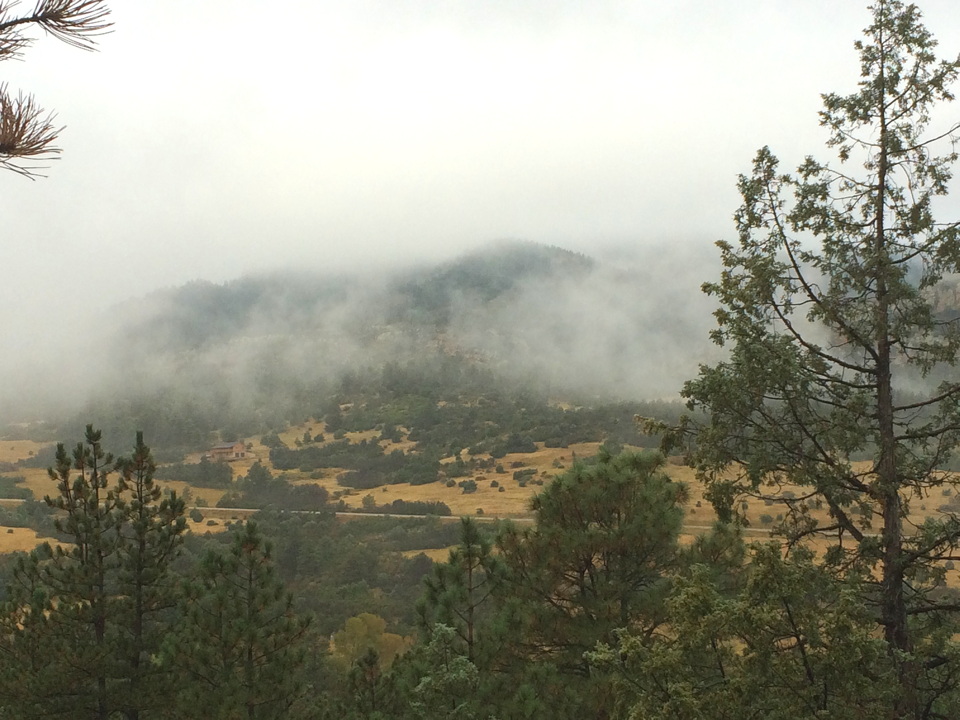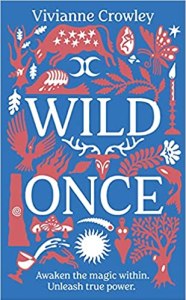 Enormous preparations, both pragmatic and ceremonial, are under way for the crowning of King Charles III and Queen Camilla next month in London. When the official invitation was prepared, people’s attention was drawn to the foliate head, the “Green Man” at the bottom.
Enormous preparations, both pragmatic and ceremonial, are under way for the crowning of King Charles III and Queen Camilla next month in London. When the official invitation was prepared, people’s attention was drawn to the foliate head, the “Green Man” at the bottom.

Was it a sign to those who know of the king’s Pagan sympathies? Was it just a sort of “spirit of Britain” thing? After all, those could be Scottish thistles to him, and what about those old-fashioned red/white roses? And the oak leaves?
The Guardian, not a reliable source of religion news, burbled, “Is Charles planning a pumpimg pagan [sic] party?”
 Here is a historian’s view (no, not Ronald Hutton this time), but Francis Young, author of the newly released Twilight of the Godlings: The Shadowy Beginnings of Britain’s Supernatural Beings from Cambridge University Press.
Here is a historian’s view (no, not Ronald Hutton this time), but Francis Young, author of the newly released Twilight of the Godlings: The Shadowy Beginnings of Britain’s Supernatural Beings from Cambridge University Press.
Young has an article in The Spectator (UK) on the Green Man and the king:
The Green Man is an intriguing figure. He is not, as many claim, an ancient fertility god, but something much stranger: a twentieth-century creation, a deity invented in modern Britain. In 1939 the folklorist Lady Raglan published an influential article which drew together several disparate strands to construct an imagined character whom all written sources
, strangely, had previously failed to mention. According to Lady Raglan, the foliate heads often found in medieval churches portrayed a figure who was commemorated by pubs named ‘The Green Man’ and the dancer bedecked with foliage (known as ‘Jack-in-the-Green’) who was part of May Day festivities. Hiding in plain sight in churches, the Green Man embodied ongoing pagan [sic] sympathies.
Many historians and folklorists have debunked Lady Raglan’s claims. There were no pagans in high medieval Britain, stonemasons often indulged in bizarre visual jokes or favoured a particular motif for no apparent reason, and a ‘green man’ in early modern England just meant a man who dressed in green. But the debunking didn’t work; people had already come to believe that a god called the Green Man existed. A brisk trade in clay and resin replicas of foliate heads in Britain’s churches helped. No one was worshipping the Green Man at this point, but the notion that a deity cheekily lurked in churches tickled mid-century Britons’ desire for a little light-hearted subversion at a time when the Church was losing its grip on national life.
But I have one of those resin heads hung by my front door (a sign to those who know), and it means something more to me.
ADDED: Sebastian Milbank, editor of the British “contrarian conservative” magazine The Critic, offers a Christian genealogy of the Green Man: “The Green Man is a Christian Symbol.”




 As ever, book reviews in The Pomegranate: The International Journal of Pagan Studies are open-access free downloads. Here are links to the four in this issue.((I receive a small commission on Amazon sales, which helps to pay for this website.))
As ever, book reviews in The Pomegranate: The International Journal of Pagan Studies are open-access free downloads. Here are links to the four in this issue.((I receive a small commission on Amazon sales, which helps to pay for this website.))

 The Imagination of Plants: A Book of Botanical Mythology
The Imagination of Plants: A Book of Botanical Mythology

